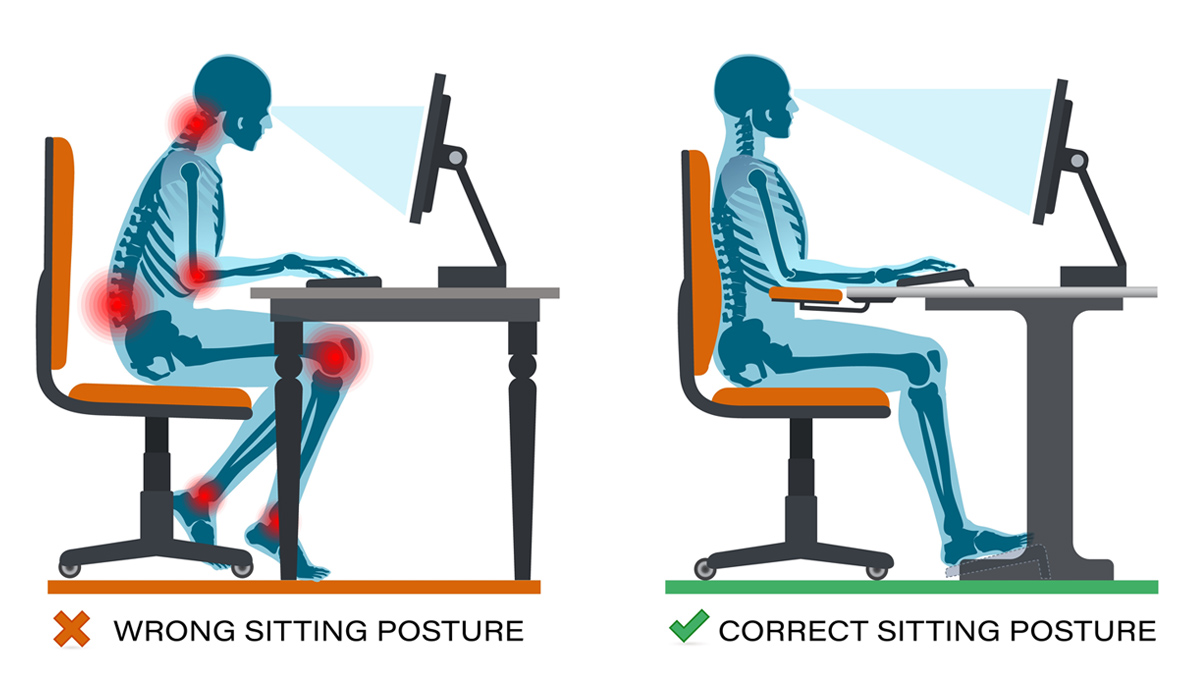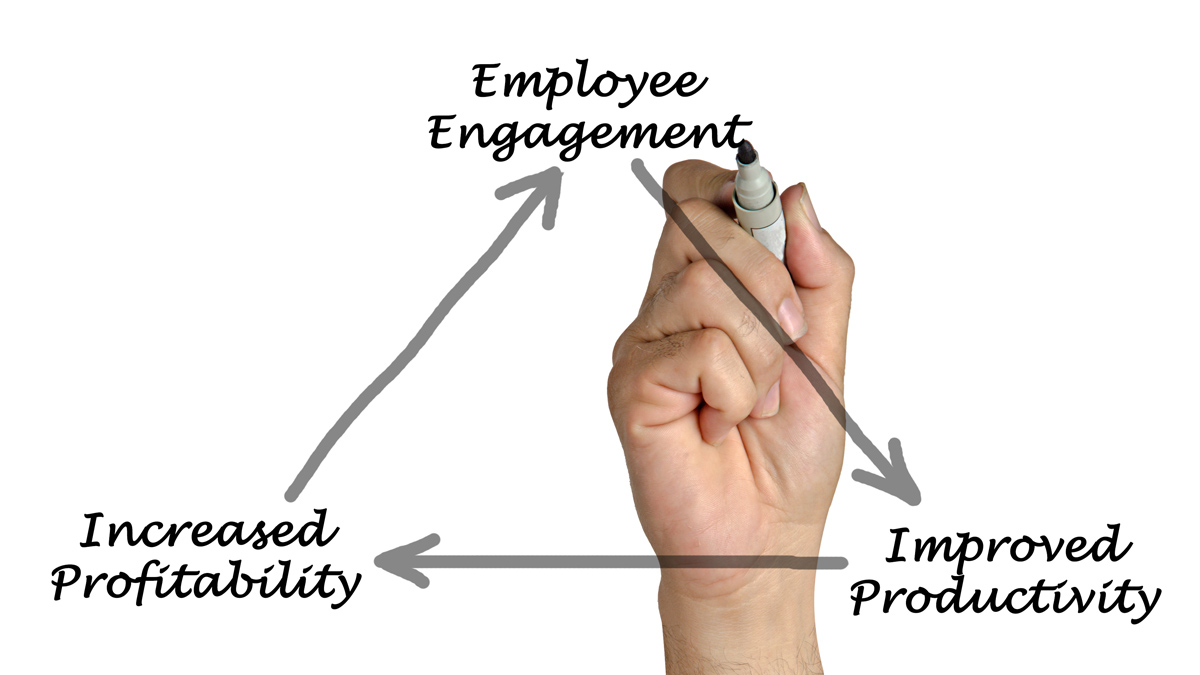
AUGUST 2024
EDITION
BI-MONTHLY ORBIT
New Government & New Employment Legislation

In its plan, A New Deal for Working People, the Labour Party outlined reform proposals and pledged to introduce legislation within 100 days subject to consultation with businesses, workers, and the wider public. Employment rights and obligations will be impacted if day-one rights include protection from unfair dismissal, sick pay and parental leave.
It is also proposed that the flexible working right become the default for all workers where reasonably feasible.
A total ban on zero-hour contracts and employees having the right to a contract that reflects the number of hours actually worked, based on a 12-week reference period.
The redundancy process is being reconsidered including amending collective redundancy thresholds based on the number of people impacted across the employer’s business, rather than each specific establishment or worksite and merging employee and worker status.
There are some well-being initiatives in the right to switch off and work autonomously, extending maternity and paternity leave and introducing an obligation for some larger employers to have a menopause action plan.
Requiring statements to new starters regarding their right to join a trade union. Introducing fair pay agreements to be negotiated through sectoral collective bargaining and overhauling health and safety law and enforcement. Increasing the timeframe for filing claims with employment tribunals from three months to six months.
The key to all the above will be the “subject to consultation” mentioned in the first paragraph as the law does not generally change overnight and takes some time. These are just a flavour of what the new government have indicated that they will look at and many of these were already being reviewed by the previous government.
Healthy Workstations
Our Guest Writer - Alex Benadict - Director at Aspects of Yoga

Business owners often say that staff are their biggest asset. If so, what are you doing to manage their health and well-being at their workstation?
We are reminded of ill health constantly in the news these days, from stress, heart issues to diabetes. Health and well-being are the buzz words employers use when looking to woo new talent to their businesses, so how can a small business compete in a cost-effective way, while protecting the businesses’ most important asset, your employees and business knowledge in the future?
Conducting a Display Screen Equipment assessment is a legal requirement (Display Screen Equipment Regs 1992), but generally undertaken as part of compliance and that is it. Most large businesses are missing a trick.
By conducting a meaningful workstation assessment at the beginning of employment or contract, employers can have a starting point that sets the caring tone going forwards.
The beauty of a bespoke questionnaire is it can be tailored to give the insight you require. Assessing the health of the employee at the start of their contract, you can manage the workload, set out requirements for taking regular breaks and any training needs. Reassessing from time to time will give you the insight to see if there are any issues developing in the background, before it becomes an ill-health issue which can be costly to both the employee and your business.
Whether you provided the equipment used or not, they work at home or in a space you provide, you still have a duty to manage the risk posed by the task you have employed them to do and if that involves them using a computer or smart device for a prolong period of time.
Contact alex@aspectsofyoga.co.uk for further advice and support on implementing a meaningful workstations assessment process in your business.
Engaging your Employees

Your employee’s engagement with your business and what they do to contribute to its success is mainly driven by their line manager.
Research from ‘Eloomi’ shows challenges are holding managers back from having meaningful 1-2-1s. There is a discrepancy between what the manager and employee view as a meaningful conversation. Research showed only 14% of employees strongly agree their performance reviews inspire them to improve.
This disrupts alignment of your employee’s efforts to company objectives impacting short and long-term goals.
Employees who don’t feel supported by their manager will look for support elsewhere including other employers. Losing an employee isn’t just demotivating for you and your team it is expensive to rehire.
What can you and your managers do?
Ensure everyone understands your business purpose and why the goals are important for the business and for them.
Timing of performance discussions is critical. Think about doing informal and frequent discussions. This helps keep employee and business aligned and builds relationships. Feedback and coaching regularly are essential for development.
Clarity is key when giving feedback. Understand the steps an employee is expected to take to reach a defined goal and what the benefit is. Take a strength-based approach rather than focus on weaknesses will build on strengths and success and boost employee engagement.
Be attuned to what’s going on. Verbal and non-verbal cues will help to know what’s going on and help employees who may not be confident in raising issues. Emotional topics should be handled sensitively and builds trust.
Engaging employees in ‘the goal’ setting and discussions rockets motivation and engagement. Interestingly 25% of leaders believe their managers are checking in daily with employees but in reality, only 15% of employees said this was true.
